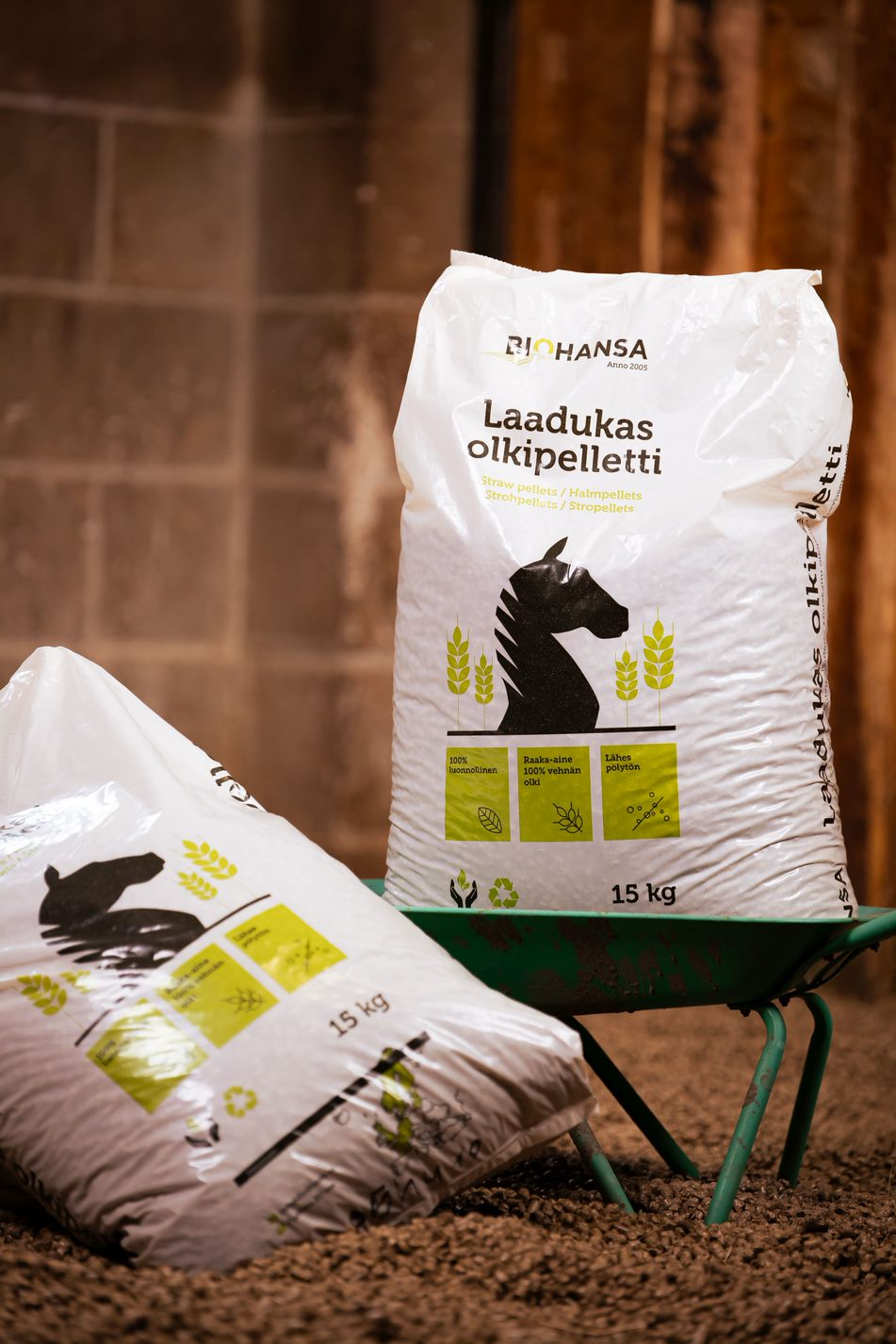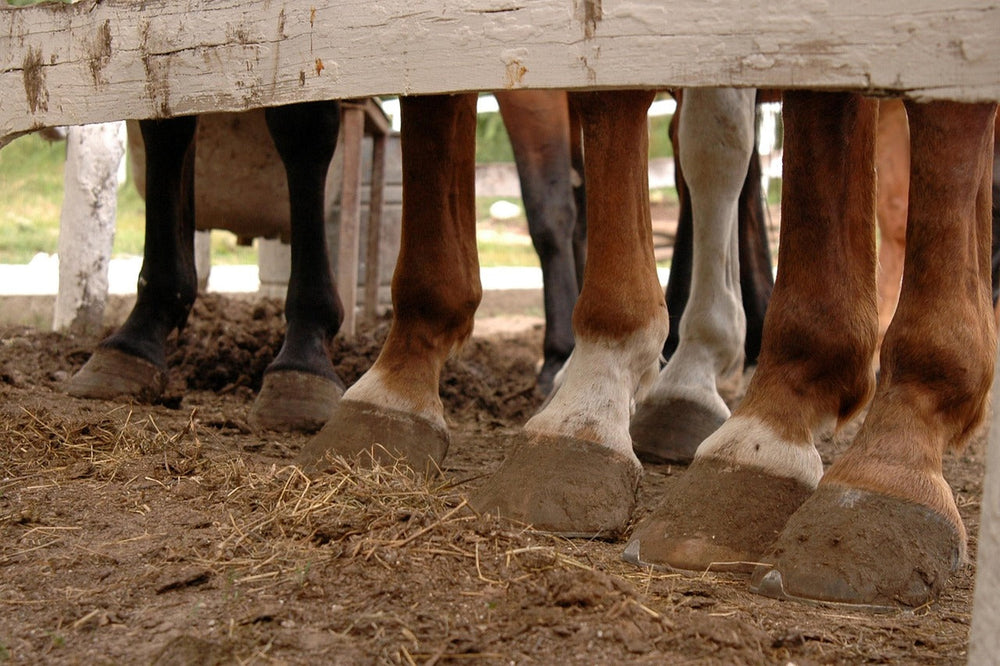
Roughage, or hay, is the most important part of a horse's diet. Its quality and shelf life directly affect the well-being of horses. Hay can be produced and stored in many different ways. Proper handling ensures the preservation of nutrients while reducing waste.
Hay is best stored in a cool, dry, and well-ventilated space , while silage requires adequate protection in the form of plastic wrap or other storage.
Proper preparation and storage of hay ensures that its quality and nutritional content are maintained. This is vital for both the well-being of horses and the economy of feeding.
Traditional hay
Hay is made by cutting hay, drying it in the field, and baling it into a suitable shape. Its moisture content is usually around 12–15% to prevent mold and fermentation.
Hay can be baled in many different sizes. The shape of the bale depends a lot on the intended use and the storage options available in the stable.
Small bales are easier to handle , for example if there are a lot of horses and the hay is weighed during feeding times. Small bales fit into even the most difficult storage spaces with relative ease and usually weigh 15–25 kg.
Round bales, as their name suggests, are round and larger, usually weighing 200–350 kg. Round bales are well suited to larger feeding needs and are convenient if free feeding is used in the stable. This way, horses can eat when they want, and there is no need for actual feeding times. This also reduces intestinal problems. However, for greedy horses, it is recommended to use some kind of slow feeding device .
Square bales are a larger version of small bales. They are more stable to store and handle mechanically, and their weight varies.
Hay should be stored in a dry and well-ventilated place. Examples of storage locations include barns, sheds or stables, where the hay cannot absorb moisture. Bales should be stacked airily and off the ground to avoid moisture.

Silage and its preparation
Hay silage is partially dried hay that is stored airtight, where lactic acid fermentation prevents spoilage. The moisture content is usually 30–60%. Various methods are used to prepare hay silage.
Pre-dried silage is allowed to dry in the field before being baled and wrapped in airtight plastic. Fruit hay, on the other hand, is new hay that grows after harvest and can be stored in the same way as pre-dried hay.
Hay silage is most often baled in round bales, which are easy to handle and store if there is enough space. Bales baled in plastic can withstand storage outdoors, as long as the plastic is intact. Nowadays, hay silage is also available in small packages. They are well suited for smaller feeding needs, for taking on competition or training trips, and for easier handling by hand.
Silage, on the other hand, is a type of preserved hay that can also contain other plant species, such as clover and other grasses. It is produced in an airtight container, where lactic acid fermentation preserves nutrients and improves the digestibility of the feed. In order for the preservatives to work properly, the recommended dry matter content of silage is 40–50%.
The quality of silage is affected by the manufacturing process, airtightness, and timely harvesting. Silage that is too wet or poorly compacted can spoil and lose its nutritional value.
It is good to know that AIV feed intended for cows is not suitable for horses . AIV feed contains strong acids, such as formic acid, which can irritate the horse's digestive tract.
Horses have a more sensitive digestive system than ruminants. High acidity can cause disorders such as stomach ulcers and intestinal imbalances. In addition, AIV feed can adversely affect the horse's intestinal microbial population , which in turn impairs nutrient absorption and overall well-being.
Hay Storage and Its Impact on Quality
The most important factors to consider in storage are moisture, temperature, and ventilation. Dry hay should be kept protected from moisture, for example, in well-ventilated barns or under a tarp-covered shelter.
Silage bales must be stored airtight and protected from rodents and birds, which can damage the plastic wrapping. If a tear or hole appears, traditional duct tape can be used for repair. Otherwise, the bales withstand all weather conditions as long as the transportation of hay to horses in paddocks or stalls is feasible with outdoor storage.
Proper storage prevents mold growth, nutrient loss, and quality deterioration. Taking care of storage also benefits the wallet, as it helps avoid hay waste due to spoilage.






